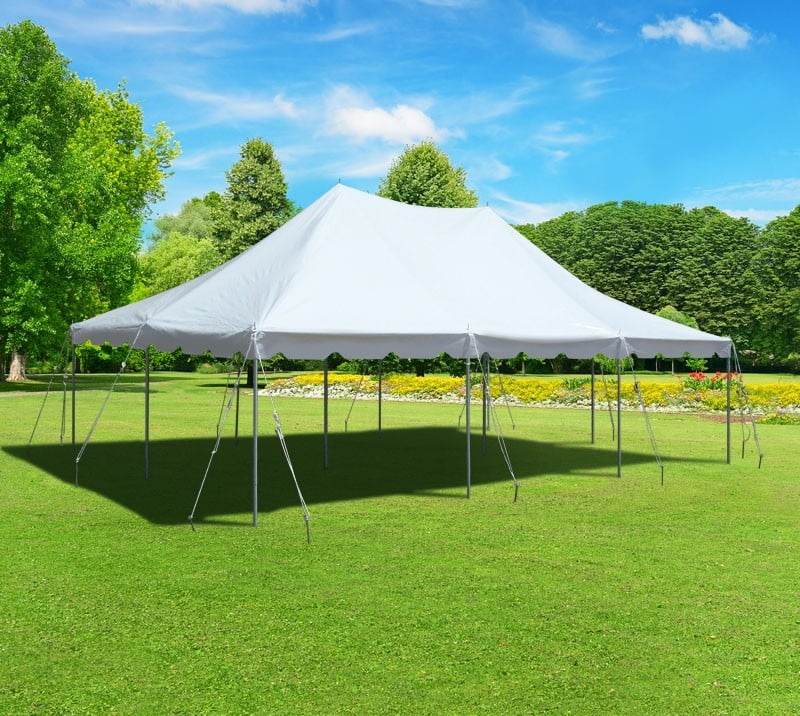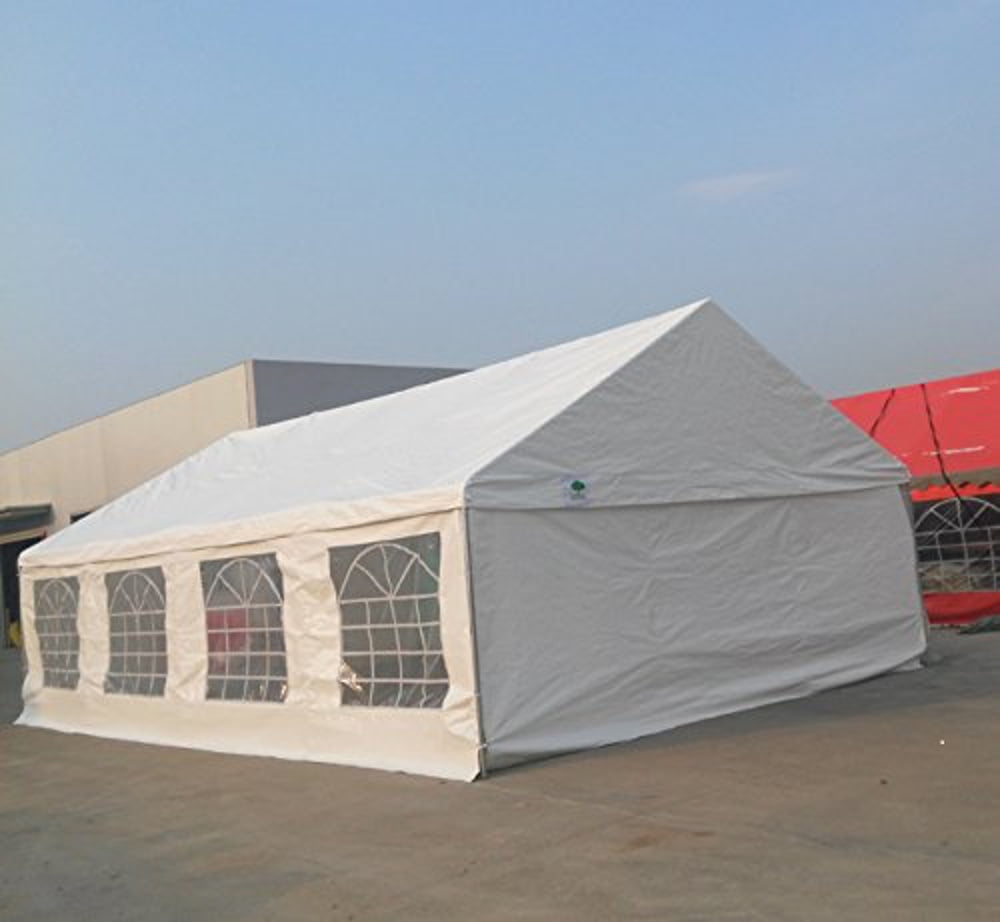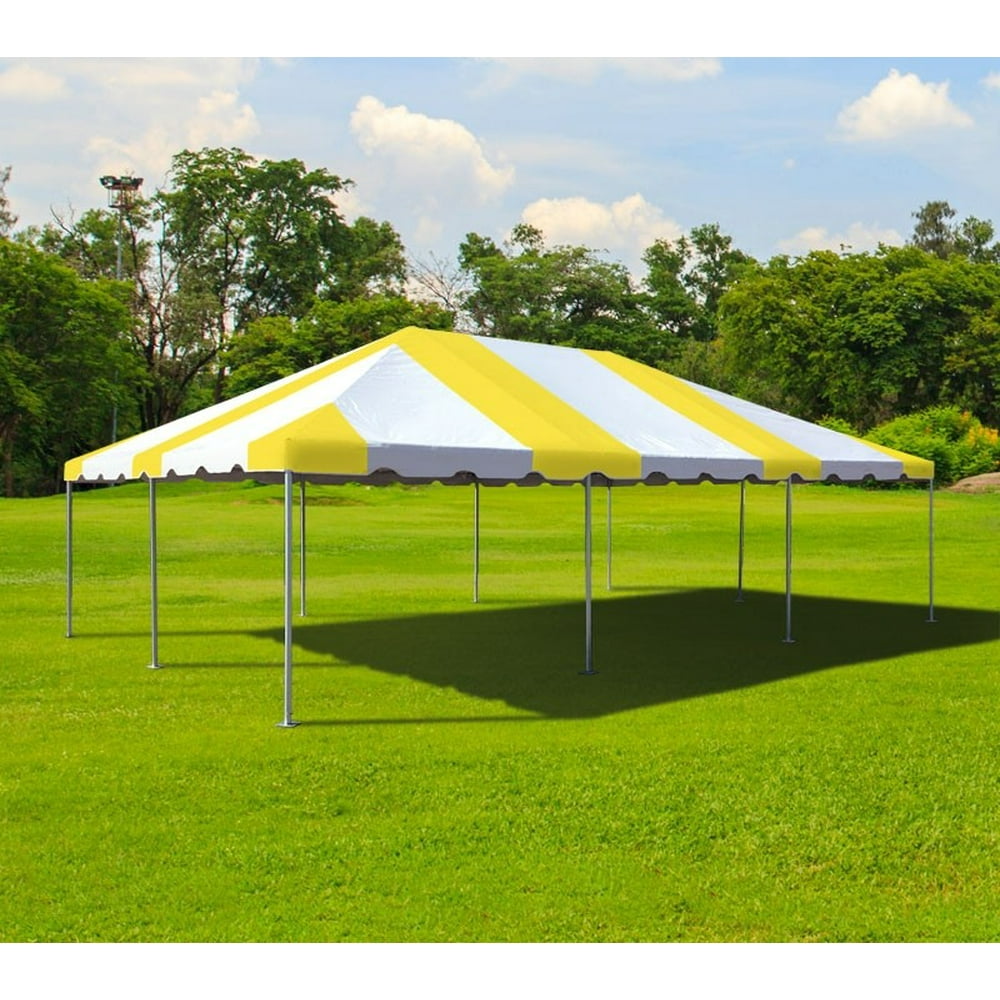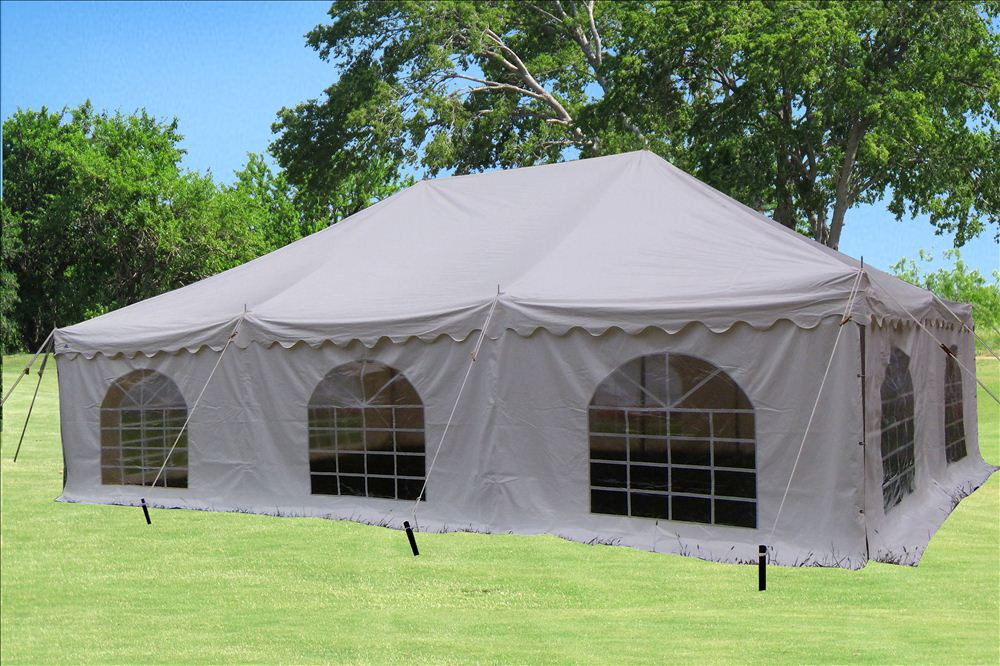20X30 Tent For Sale – Upcycling is a great way to make the most out of second-hand goods, adding both value and meaning to the items that are being repurposed. It carries the marks of life’s moments: the road trips, the adventures, the daily commutes, the memories of friends and family. However, buying a business is not a decision to be taken lightly. Another aspect that contributes to the appeal of quality goods for sale is the level of detail and attention given to the design. The digital age has also transformed the way things are bought and sold. Social media platforms, for example, offer users a chance to buy into their own identity, to curate a version of themselves that is more appealing, more desirable, more marketable. Similarly, vinyl records have experienced a resurgence in recent years, with collectors seeking out rare albums and vintage pressings. Sellers can list items with detailed descriptions and high-quality photos, giving potential buyers a clear understanding of what they are purchasing. The closing process also involves transferring the business’s assets, such as inventory, property, intellectual property, and customer contracts, to the new owner. Some need the money, some want to declutter, and others might feel the urge to let go of possessions as they enter new phases in their lives. However, there’s also an argument to be made that, over time, quality goods are often more economical in the long run. Thrift stores often carry a wide variety of goods, from clothing and accessories to furniture, books, and electronics, and each item comes with its own story. Another key benefit of second-hand goods is their positive impact on the environment. Unlike mass-produced items that may become outdated or fall apart with minimal use, quality products are designed to endure. Cars, too, are often sold with a sense of transition. Beyond practical reasons, the appeal of quality goods for sale also lies in the sense of pride and satisfaction that comes from owning something well-made. Negotiation is often the most delicate part of the sale process. By purchasing second-hand goods, consumers help keep products circulating in the economy, giving them new life and purpose. When you buy something made from premium materials, crafted with attention to detail, and tested for reliability, you can expect it to deliver value that surpasses its initial cost. Quality products often come with warranties and customer service support, offering peace of mind to consumers who are investing in something that will serve them well over time.

20×30 Frame Tent for Sale American Tent
Custom for all industrieseasy paymentscustomer satisfaction20 to 174 feet wide

20×30 Frame Tent for Sale American Tent
Custom for all industrieseasy paymentscustomer satisfaction20 to 174 feet wide

20 x 30 Frame Tent for Sale American Tent
Custom for all industrieseasy paymentscustomer satisfaction20 to 174 feet wide

Party tents for sale 20 x 30
Custom for all industrieseasy paymentscustomer satisfaction20 to 174 feet wide

20'x30' HiPeak Ocean Tents
Custom for all industrieseasy paymentscustomer satisfaction20 to 174 feet wide

20×30 Premium Outdoor Wedding Event Party Canopy Tent, White Waterproof
Custom for all industrieseasy paymentscustomer satisfaction20 to 174 feet wide

Shade Tree 20' x 30' Heavy Duty Event, Party, Wedding Tent, Canopy, w
Custom for all industrieseasy paymentscustomer satisfaction20 to 174 feet wide

20×30 Outdoor Wedding Event Party Canopy Frame Tent, Yellow Party
Custom for all industrieseasy paymentscustomer satisfaction20 to 174 feet wide

20×30 Frame Tent for Sale American Tent
Custom for all industrieseasy paymentscustomer satisfaction20 to 174 feet wide

30 x 20 White PVC Pole Tent Canopy
Custom for all industrieseasy paymentscustomer satisfaction20 to 174 feet wide
For instance, businesses in industries such as technology, renewable energy, or e-commerce may attract more buyers due to their perceived growth potential. Moreover, buying second-hand items allows consumers to access unique and vintage products that may no longer be available in stores, offering a sense of individuality that is often missing from mass-produced, new items. The world of second-hand goods for sale is vast and varied, encompassing everything from clothing, electronics, and furniture, to books, antiques, and collectibles. In the end, the phrase “for sale” is about more than just the exchange of money for goods or services. In this digital age, it often feels like there’s no such thing as privacy anymore, and that’s because we’ve essentially agreed to sell pieces of ourselves in exchange for recognition, affirmation, or even money. It implies that there’s nothing off-limits, nothing beyond the reach of commerce. From designer labels to quirky, eclectic finds, second-hand clothing offers a wealth of variety and style at a fraction of the price of new items. In this broader sense, the concept of “for sale” is not just about the exchange of goods; it’s a driving force in the global economy, influencing how people live, work, and interact with the world around them. By choosing second-hand goods, consumers can help reduce waste, conserve resources, and lessen the demand for new production. But the financial aspect is only one part of the equation. For the buyer, it can feel like a great opportunity, a chance to acquire something they’ve been searching for, or maybe just the satisfaction of knowing that a good deal is within reach. For many people, there is something uniquely satisfying about sifting through racks of clothes, rummaging through bins of books, or browsing shelves of home goods in search of that perfect item. Regardless of the reason, the sale of a business is an event that requires careful planning, transparent communication, and strategic negotiations. Additionally, second-hand furniture allows buyers to find unique items that may not be available in traditional furniture stores. Similarly, during periods of economic growth, there may be a greater willingness to spend on luxury second-hand items, such as high-end fashion or collectible items. Through online marketplaces and platforms, small businesses and independent creators can sell their goods to a global audience. But in reality, even the most profound relationships can be commodified in some way. Thrift stores, estate sales, and online marketplaces are excellent places to find second-hand furniture, with options ranging from antique and vintage pieces to more contemporary items. What was once limited to boutique shops or high-end department stores can now be purchased from the comfort of one’s home. These moments remind us that there is more to life than the pursuit of profit, and that not everything can be measured by a price tag.
For buyers, the process typically starts with identifying a business that aligns with their interests, skills, and goals. When you look at something marked as “for sale,” you’re not only seeing an item; you’re seeing the possibility of a change, whether it’s the beginning of a new ownership, the end of a relationship with an object, or simply the result of a decision to move forward. Quality goods transcend trends and fleeting fads. Sellers also have to deal with the emotional aspects of letting go of a business that they may have built over many years. This ensures that the product is fully functional and free of defects, providing peace of mind for buyers. Overpricing an item can lead to it sitting unsold, while underpricing it can result in lost potential revenue. Many high-quality products come with a rich history, whether it’s the legacy of a renowned brand or the personal touch of a local maker. For many, purchasing second-hand goods is not only a practical and affordable choice but also an environmentally conscious one. Similarly, in relationships, individuals may feel as though they are selling themselves, presenting their best qualities and hoping for the best outcome. From the most trivial items in a dollar store to the most precious works of art in a museum, everything can be assigned a price. This has made it easier for people to find items that might have otherwise been out of reach, whether it’s a rare collectible, an antique, or a product from another country. As society has evolved, the scale of production has expanded, and many quality goods are now mass-produced or distributed through large retail chains. One of the major environmental concerns with new products is the waste that they often generate at the end of their life cycle. When we begin to view everything through the lens of commerce, it’s easy to lose sight of the things that make life worth living — the moments that aren’t for sale, the experiences that can’t be bought. Additionally, brick-and-mortar thrift stores and consignment shops provide a more traditional avenue for selling second-hand goods. A business for sale is not always as it appears on the surface, and the buyer must examine the company’s financial statements, contracts, debts, and even its customer relationships before deciding whether to proceed with the transaction. When someone buys a second-hand item, whether it’s a piece of furniture passed down through generations or a retro jacket from a bygone era, they are not just acquiring an object; they are connecting to a story, a memory, or a cultural moment. Whether it's old furniture that no longer fits with their style, clothing that no longer fits, or electronics they no longer use, selling second-hand items allows individuals to recoup some of the money they spent on these goods. An item’s worth can be subjective, influenced by the desires, needs, and circumstances of both the seller and the buyer. On the other, there’s the challenge of assessing the true value of a business, navigating the complex negotiations, and ensuring that the business is a sound investment in terms of both its financial health and its long-term viability.